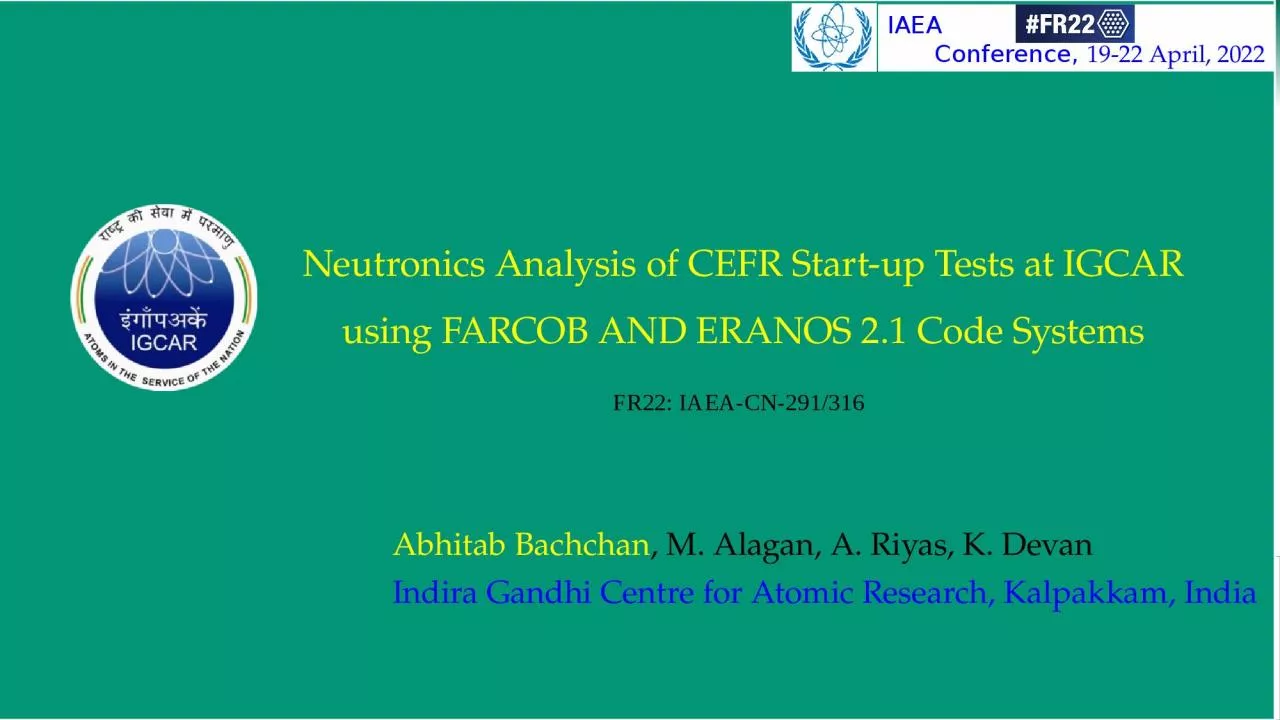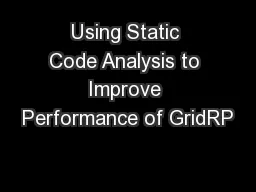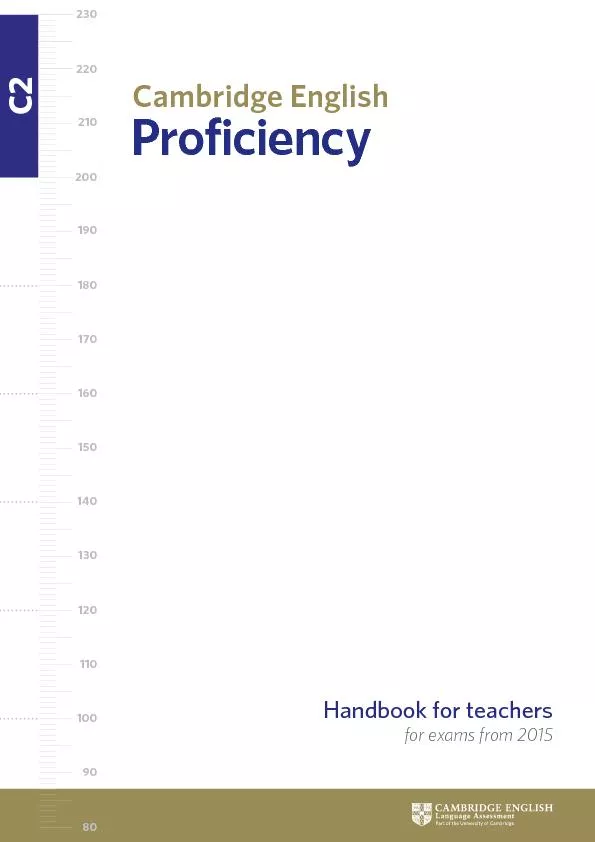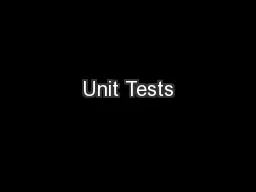PPT-Neutronics Analysis of CEFR Start-up Tests at IGCAR using FARCOB AND ERANOS 2.1 Code Systems
Author : molly | Published Date : 2024-01-29
FR22 IAEACN291316 Abhitab Bachchan M Alagan A Riyas K Devan Indira Gandhi Centre for Atomic Research Kalpakkam India Benchmark Analysis Analysis is carried
Presentation Embed Code
Download Presentation
Download Presentation The PPT/PDF document "Neutronics Analysis of CEFR Start-up Tes..." is the property of its rightful owner. Permission is granted to download and print the materials on this website for personal, non-commercial use only, and to display it on your personal computer provided you do not modify the materials and that you retain all copyright notices contained in the materials. By downloading content from our website, you accept the terms of this agreement.
Neutronics Analysis of CEFR Start-up Tests at IGCAR using FARCOB AND ERANOS 2.1 Code Systems: Transcript
Download Rules Of Document
"Neutronics Analysis of CEFR Start-up Tests at IGCAR using FARCOB AND ERANOS 2.1 Code Systems"The content belongs to its owner. You may download and print it for personal use, without modification, and keep all copyright notices. By downloading, you agree to these terms.
Related Documents














